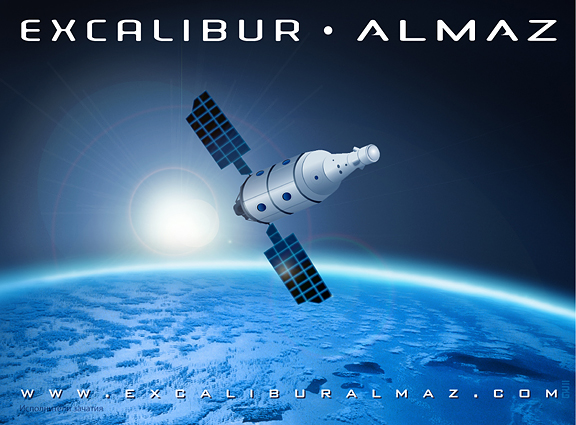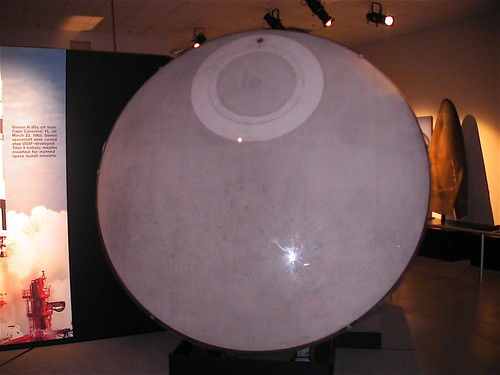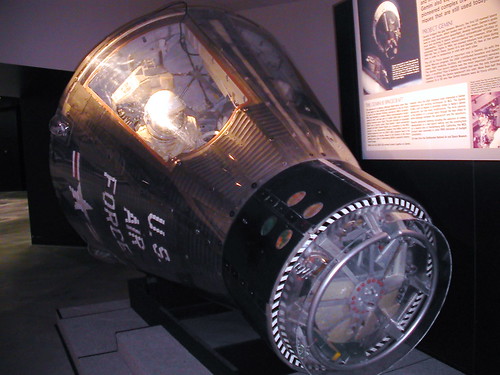D
docm
Guest
Link....


Excalibur Almaz to Pioneer Private Orbital Manned Space Flight In cooperation with NPOM of Russia
Moscow, 18 August 2009, -- Excalibur Almaz Limited (EA), an international space exploration company, today announced plans to open up a new era of private orbital space flight for commercial customers, using updated elements of the "Almaz" space system originally developed by JSC MIC NPO Mashinostroyenia (NPOM) of Russia.
Realization of EA's project with technical assistance from NPOM will allow regular access to and from space. This project joins Russian space technology expertise with an international private enterprise to create a commercial offering of orbital spaceflight services for global customers.
EA plans to offer week-long orbital space flights beginning as early as 2013 - taking a big leap beyond the sub-orbital flight market targeted by most other private space companies. In addition to NPOM, other leading aerospace firms in the U.S., Europe and Japan will provide technical support for EA's space flight operations
The original Almaz space system technology, comprising reusable reentry vehicle (RRV) and space station, was successfully tested in flight by NPOM. Working with NPOM and its international contractors, EA is now updating the spacecraft to conduct crew and cargo space missions for private individuals, corporations, academic institutions and national governments.
>
EA's spacecraft will consist of two parts: an RRV and an expendable service module to provide crewmembers with room to comfortably operate during spaceflight. EA will update the Almaz RRVs with flight-proven technologies where appropriate, while retaining tested legacy systems to ensure safety and economy of operation. A critical feature of the RRVs is their reusability, which will reduce logistical, overhead and program costs for commercial access to space.
>
In addition to NPOM, leading aerospace firms contracting with EA include Space Flight Operations (SFO), a subsidiary of United Space Alliance, of the U.S.; Paragon Space Development Corporation of the U.S.; Qwaltec of the U.S.; EADS Astrium Space Transportation of Europe; and Japan Manned Space Systems (JAMSS) of Japan. EA has also formed strategic alliances with academic institutions including Rice University of the U.S and the International Space University of France, and is an Industry Forum member of the National Space Biomedical Research Institute of the U.S.
>




